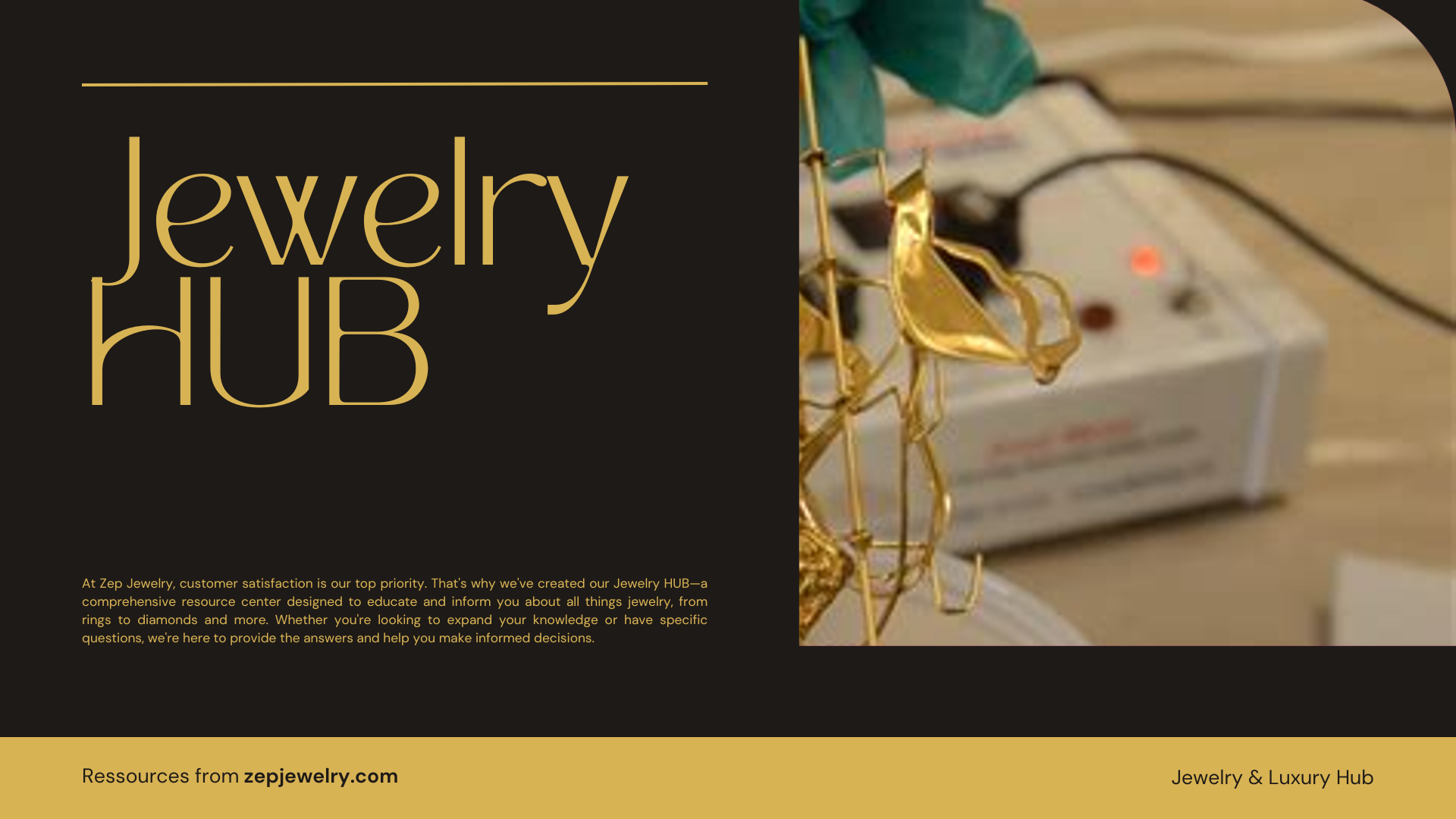Have you ever wondered how a piece of jewelry can sparkle like the sun without costing an arm and a leg? The secret often lies in a dazzling dance of chemistry known as gold plating. This remarkable process applies a thin layer of gold to a base metal, transforming ordinary pieces into shimmering treasures. By immersing the jewelry in a solution of gold ions and applying an electrical current, artisans create a bond that rivals the most genuine of gold. So, let’s dive into the captivating world of gold plating and uncover how this art marries science to create wearable beauty.
What is the process of gold plating in jewelry?
What is the process of gold plating in jewelry?
Gold plating is a technique used to apply a thin layer of gold onto a base metal, achieved through a process known as electroplating. This fascinating method begins by immersing the jewelry in a solution containing gold ions, and then an electrical current is applied. This current creates an environment where gold atoms migrate to the surface of the item, bonding firmly as they deposit.
In more detail, electroplating involves several steps. First, the jewelry piece is carefully cleaned and prepared, ensuring any dirt, oils, or imperfections are removed to create a smooth surface for the gold layer to adhere properly. Next, the item is submerged in an electrolytic bath that contains the gold solution; often, this solution consists of a mixture of water and gold salt. When electricity is introduced to the bath, the gold ions are attracted to the item, forming a thin, often glittering, layer of gold that coats the base metal underneath.
The thickness of this gold layer can vary greatly depending on the desired outcome, but it typically ranges from just a few microns to a few tens of microns. While this process creates a beautiful and lustrous finish that closely resembles solid gold, it’s essential to note that gold plating is not without its limitations. Over time, especially with frequent wear and exposure to harsh environmental factors, the plating can wear down, revealing the base metal beneath. To maintain the integrity and appearance of gold-plated jewelry, it requires special care and occasional re-plating to restore its original elegance. This combination of affordability and aesthetic appeal makes gold plating a popular choice in the jewelry world, allowing fashion enthusiasts to enjoy the luxury of gold without the hefty price tag.
How long does gold-plated jewelry typically last?
The average lifespan of gold-plated jewelry is around two years, but this can vary significantly based on how well it is cared for. Factors like exposure to water, perfumes, and chemicals can accelerate tarnishing and wear. Regular maintenance such as careful cleaning and appropriate storage can prolong the life of the gold finish, and when needed, pieces can be re-plated by a professional jeweler.
Is gold-plated jewelry worth anything?
While gold-plated items are more affordable than solid gold pieces, they often carry little to no resale value. The intrinsic value of the gold layer is minimal due to the thinness and lack of market demand for reclaiming gold from plated jewelry. However, if the design or craftsmanship is exceptional, it may still hold sentimental or aesthetic value to the wearer.
How can I identify if my jewelry is solid gold or gold plated?
To determine if your jewelry is solid gold or plated, check for stamps or markings. Stamps like “GP” (Gold Plated) or “HGE” (Heavy Gold Electroplate) indicate that it is not solid gold. Additionally, solid gold pieces typically carry a karat marking, such as 14K or 18K, which signifies their purity. Simple tests like magnetism may also help; solid gold is not magnetic, while some plated items might be due to the base metals used.
What is the difference between gold plating and gold vermeil?
Gold plating refers to a layer of gold that can be applied to any base metal, while gold vermeil is a specific grade that requires a thicker gold layer over sterling silver. For a piece to be classified as vermeil, it must contain at least 92.5% silver and be plated with a minimum of 10K gold. This not only gives gold vermeil jewelry a more luxurious feel but also enhances its durability compared to standard gold-plated items.
Can plated jewelry be restored?
Yes, gold-plated jewelry can be restored through a process called replating. When the gold finish begins to wear off, a jeweler can apply a new layer of gold through electroplating. This service typically is not very costly and can extend the life of your jewelry significantly, allowing you to maintain its aesthetic appeal and value for longer periods.
How does the thickness of the gold plating affect the quality of jewelry?
The thickness of the gold plating is a crucial factor in determining the durability and longevity of plated jewelry. There is no mandatory thickness for gold plating, but a thicker layer of gold will generally resist tarnishing and wear better than a thinner layer. Jewelry that adheres to higher plating standards, like “heavy gold electroplate,” will offer a more lasting finish, making it a smarter investment for those seeking affordability without compromising on quality.
